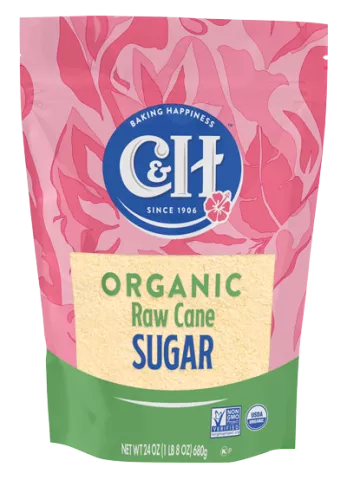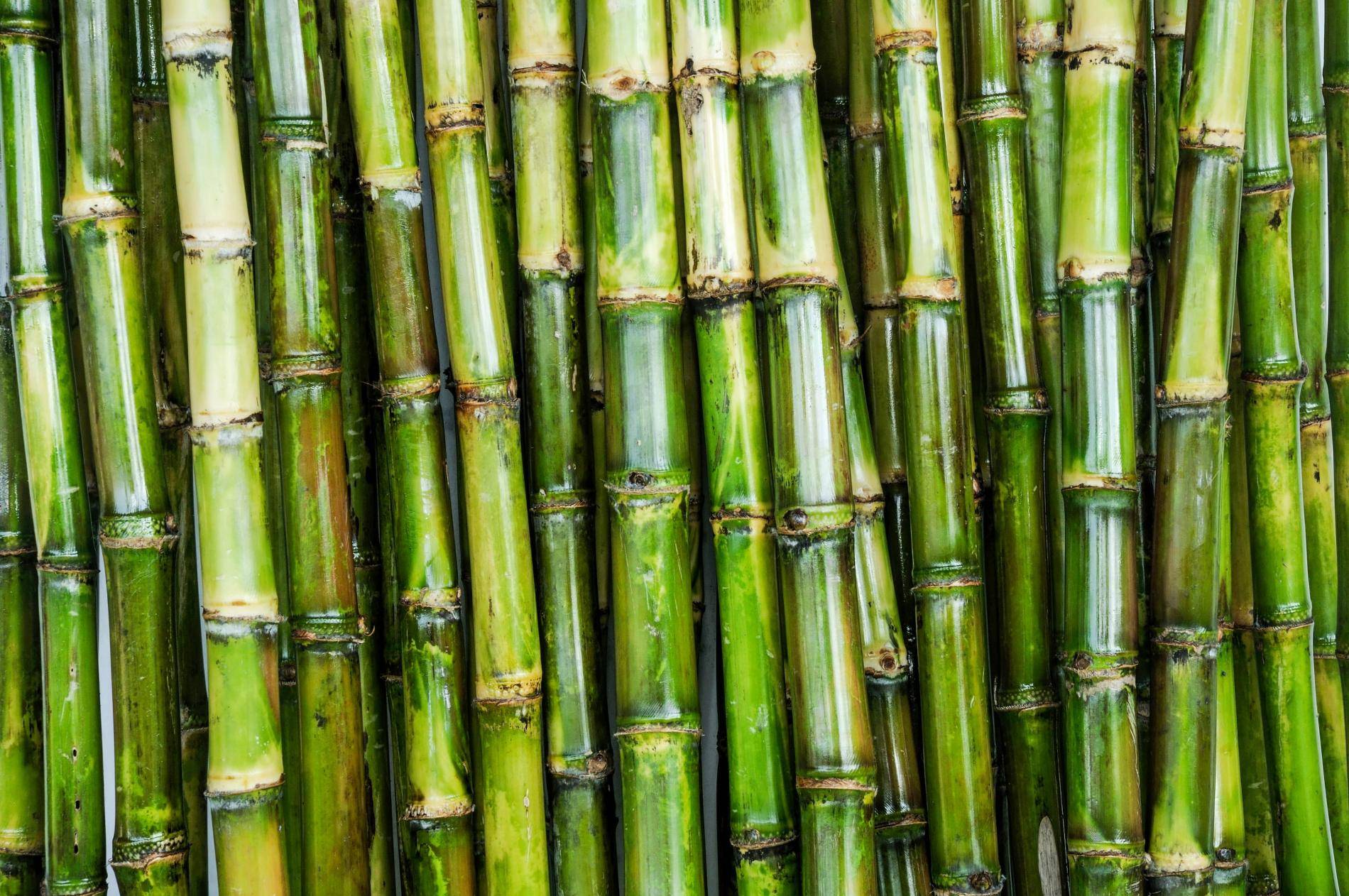Recognizing Cane Sugar Processing: A Comprehensive Overview of the Stages
Recognizing Cane Sugar Processing: A Comprehensive Overview of the Stages
Blog Article
A Comprehensive Overview to the Environmental Effect and Sustainability Practices in Walking Stick Sugar Handling
The ecological impact of walking stick sugar handling provides an intricate array of difficulties that warrant mindful examination. From soil deterioration and too much water use to the carbon footprint related to growing and production, the effects of traditional practices are far-ranging. In comparison, the fostering of cutting-edge sustainability actions supplies a path towards a lot more liable manufacturing techniques. Comprehending the interplay between these issues is essential for stakeholders in the market. What particular practices can be implemented to strike a balance in between productivity and environmental stewardship? The responses lie in a better check out both the difficulties and prospective options.
Review of Walking Cane Sugar Handling
Walking cane sugar handling entails a collection of organized actions that change sugarcane into refined sugar. At first, harvested sugarcane is carried to processing centers, where it undertakes cleaning to get rid of dirt and particles. Following this, the walking cane is squashed to draw out juice, which is then clarified by removing contaminations through home heating and the addition of lime.
The cleared up juice undergoes evaporation, where water is gotten rid of to concentrate the sugar web content. These crystals are separated from the continuing to be syrup utilizing centrifugation, resulting in raw sugar.
The end product is after that dried and packaged for circulation. Throughout this whole process, preserving performance and high quality control is necessary to make certain the sugar satisfies sector criteria. Each step in walking stick sugar handling not just contributes to the end product but also has implications for resource use and waste generation, setting the stage for discussions on sustainability and environmental effects related to sugar manufacturing.
Environmental Difficulties of Production
The production of walking stick sugar offers numerous substantial ecological challenges that warrant attention. One key concern is the comprehensive use agrochemicals, including chemicals and plant foods, which can cause dirt deterioration, biodiversity loss, and contamination of regional water resources. The overflow from sugarcane fields usually carries these chemicals into nearby ecological communities, disrupting water life and impacting the health and wellness of areas reliant on these water bodies.
An additional challenge is the high power consumption connected with sugarcane processing. The boiling and refining stages call for substantial warmth, largely generated by shedding fossil fuels, contributing to greenhouse gas discharges. In addition, the expansive acreage required for sugarcane farming can cause logging and habitat damage, additional aggravating environment modification and threatening wildlife.
Moreover, the labor techniques in some areas increase honest issues, as workers might encounter inadequate working problems and inadequate incomes. This circumstance typically perpetuates a cycle of destitution in regional communities. Cane Sugar Processing. Resolving these ecological challenges is critical for establishing much more lasting methods in cane sugar manufacturing, eventually profiting both the atmosphere and the communities associated with this market
Water and Land Use Influence
Water sources and land use are crucial parts in the walking cane sugar market that substantially affect the atmosphere. The growing of sugarcane needs considerable water input, with quotes recommending that it can take in as much as 2,000 liters of water per kilogram of sugar generated. This intensive use of water usually leads to exhaustion of neighborhood water sources, affecting not just the sugarcane ranches yet likewise bordering ecological communities and communities that count on the very same water sources for farming and residential use.

Furthermore, land usage for sugarcane farming can cause deforestation and the conversion of natural environments right into monoculture ranches. This technique lessens biodiversity, interferes with regional communities, and adds to soil destruction. The growth of sugarcane fields usually intrudes on important farming land, producing competitors for resources between food and biofuel production.
Sustainable methods, such as maximizing irrigation strategies and implementing plant rotation, are important to alleviate these impacts. By embracing extra efficient water usage and land administration approaches, the cane sugar market can minimize its eco-friendly footprint, guaranteeing a balance in between agricultural efficiency and ecological conservation.
Greenhouse Gas Emissions
Greenhouse gas emissions represent a considerable ecological problem within the cane sugar processing industry, especially as farming techniques increase to fulfill global demand. The cultivation of sugarcane, a plant that flourishes in tropical climates, relies heavily on artificial plant foods and chemicals, which add to nitrous oxide exhausts. Additionally, land-use modifications, including logging for new sugarcane haciendas, release co2 stored in plant life and dirt.
Throughout processing, energy intake Extra resources is one more major resource of greenhouse gas emissions - Cane Sugar Processing. Several sugar mills utilize fossil gas to power machinery and produce warmth, causing considerable carbon footprints. In addition, the transportation of raw sugarcane and finished products adds layers of emissions with fuel combustion in automobiles
This entails evaluating current farming methods, processing methods, and transportation systems to recognize areas for improvement and reduction. Resolving greenhouse gas exhausts is crucial for promoting an extra sustainable walking stick sugar market in an altering environment.

Lasting Practices and Innovations
Lasting techniques and technologies are increasingly important in the walking stick sugar processing market as stakeholders seek to decrease environmental effects while preserving efficiency. One substantial advancement is the implementation of integrated crop monitoring, which maximizes source use by integrating soil management, parasite control, and plant turning strategies. This strategy boosts return while decreasing chemical inputs and preserving soil health.
Moreover, the adoption of renewable power sources, such as biomass from sugarcane residues, has actually gained traction - Cane Sugar Processing. By converting waste products right into power, refining centers can reduce their dependence on nonrenewable fuel sources, thus reducing greenhouse gas discharges
Water management practices have likewise seen renovations via the recycling and reusing of water in handling plants, dramatically lowering freshwater usage. Developments in technology, such as precision agriculture, make it possible for farmers to monitor crop wellness and source usage better, ensuring sustainable growing methods.
In addition, certification programs like Fair Trade and Rain forest Alliance motivate ecologically liable farming techniques and advertise social equity within the supply chain. By embracing these sustainable practices and developments, the walking stick sugar processing market can improve its strength and add favorably to ecological stewardship.
Verdict
The ecological influence of walking cane sugar handling offers significant challenges, including soil degradation, high water consumption, and greenhouse gas emissions, alongside moral concerns related to labor practices. Dealing with these issues through sustainable techniques, such as incorporated plant administration, sustainable energy adoption, and water recycling, is important. By promoting socially fair and environmentally responsible methods in sugar production, the industry can mitigate its unfavorable impacts, making sure a more lasting future for both areas and ecological communities involved in this sector.
Cane sugar processing includes a series of systematic actions that change sugarcane into polished sugar. Each action in walking stick sugar processing discover this not only contributes to the final item however also has effects for source use and waste generation, establishing the stage for conversations on sustainability and ecological impacts associated with sugar manufacturing.
Greenhouse gas emissions stand for a considerable environmental problem within the walking cane sugar processing sector, especially as farming methods expand to fulfill global need.Sustainable practices and technologies are progressively essential look here in the walking stick sugar processing sector as stakeholders seek to minimize environmental effects while maintaining efficiency.The environmental influence of cane sugar handling offers considerable challenges, including dirt degradation, high water usage, and greenhouse gas emissions, along with ethical worries connected to labor practices.
Report this page